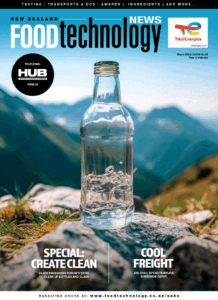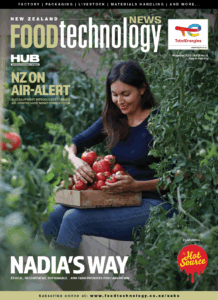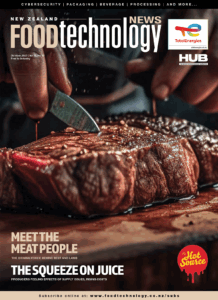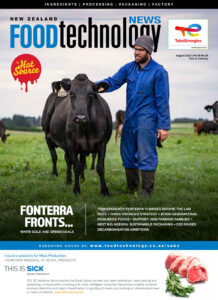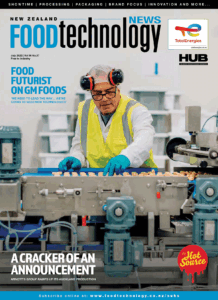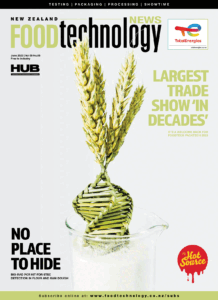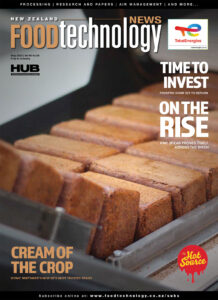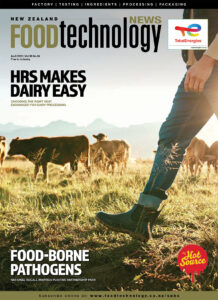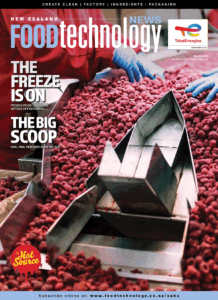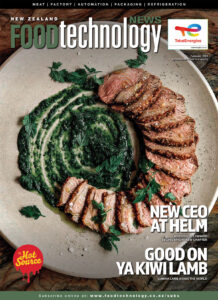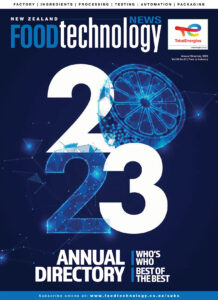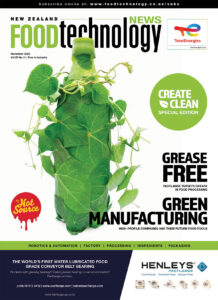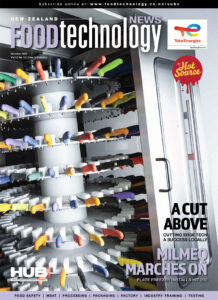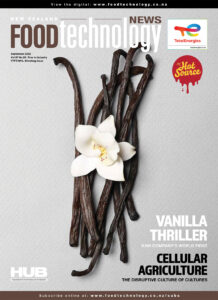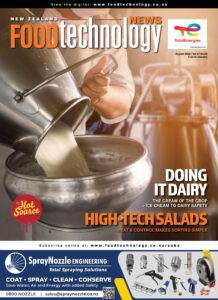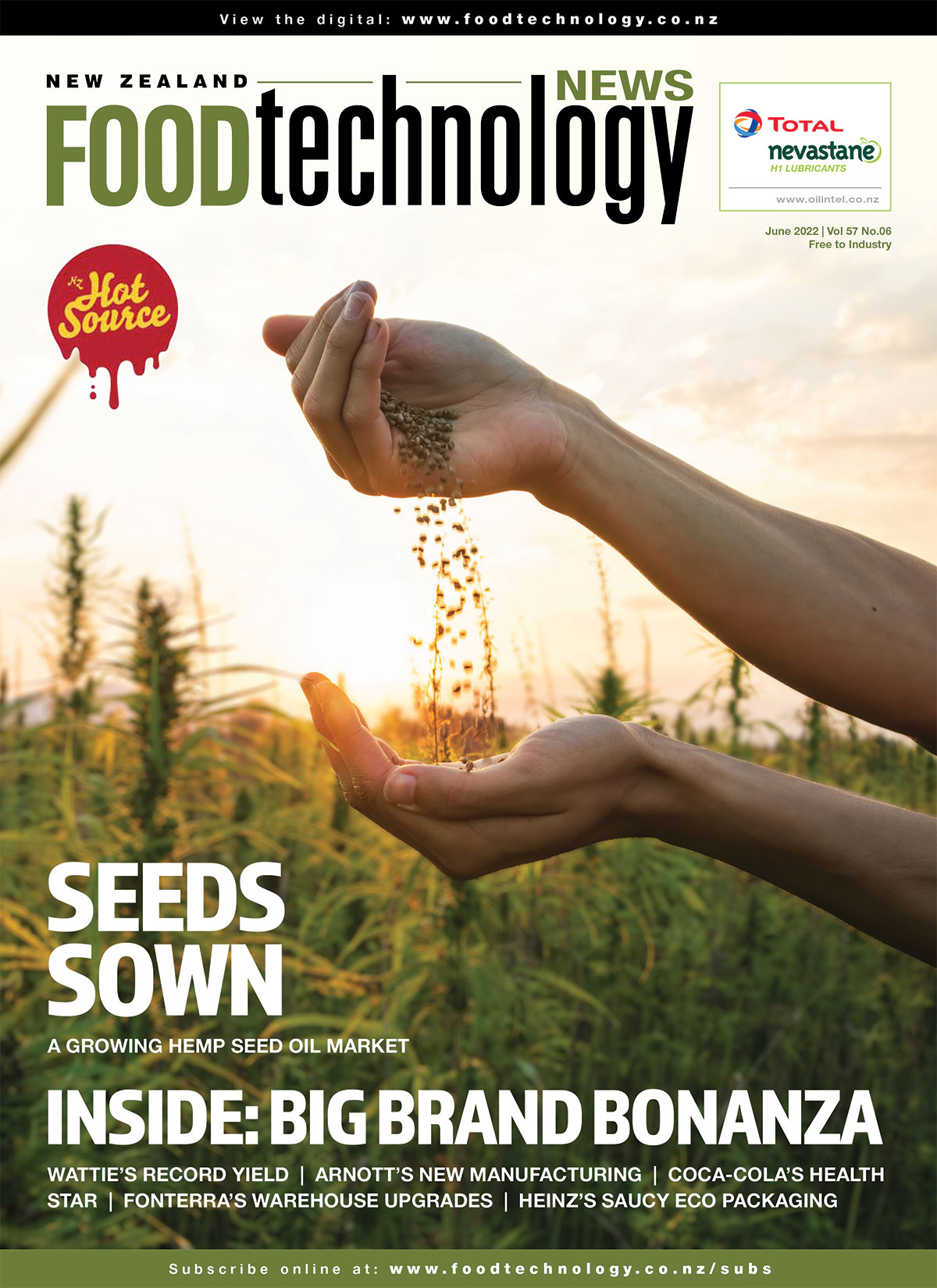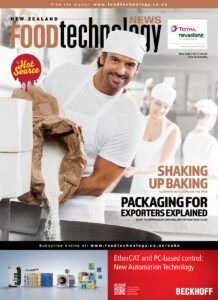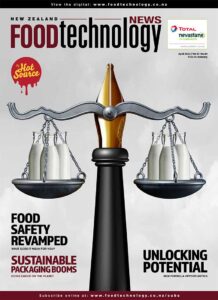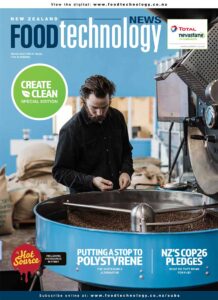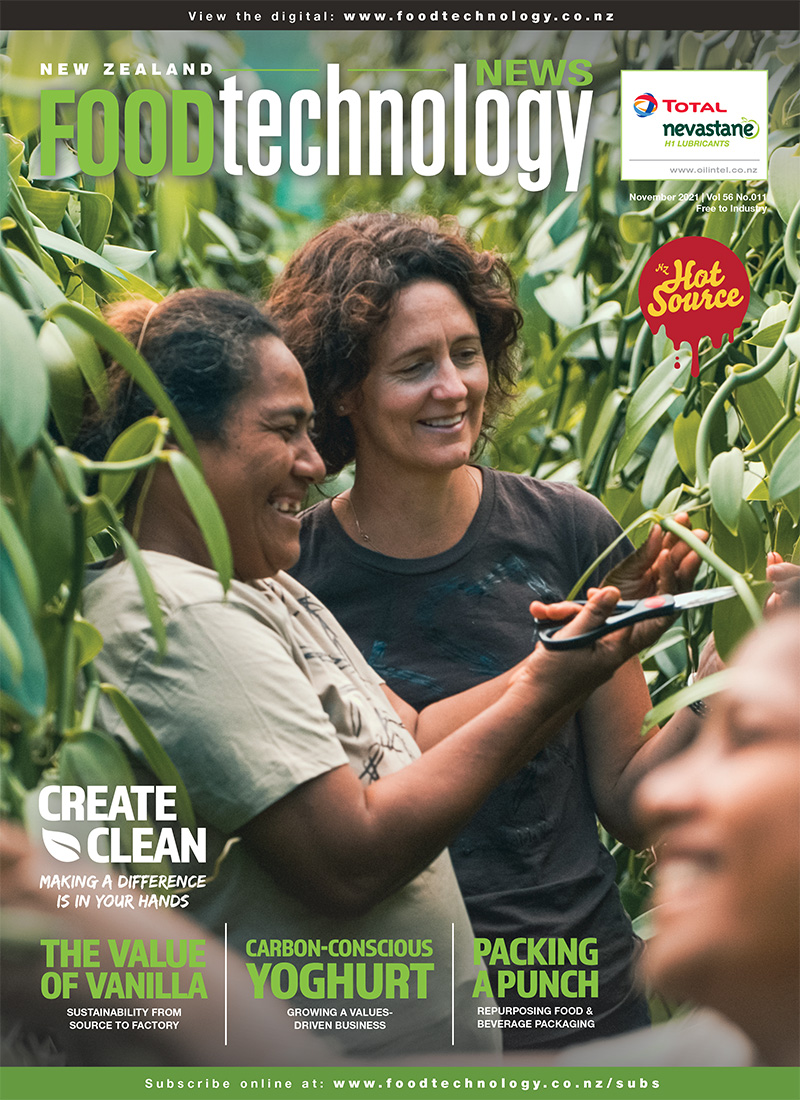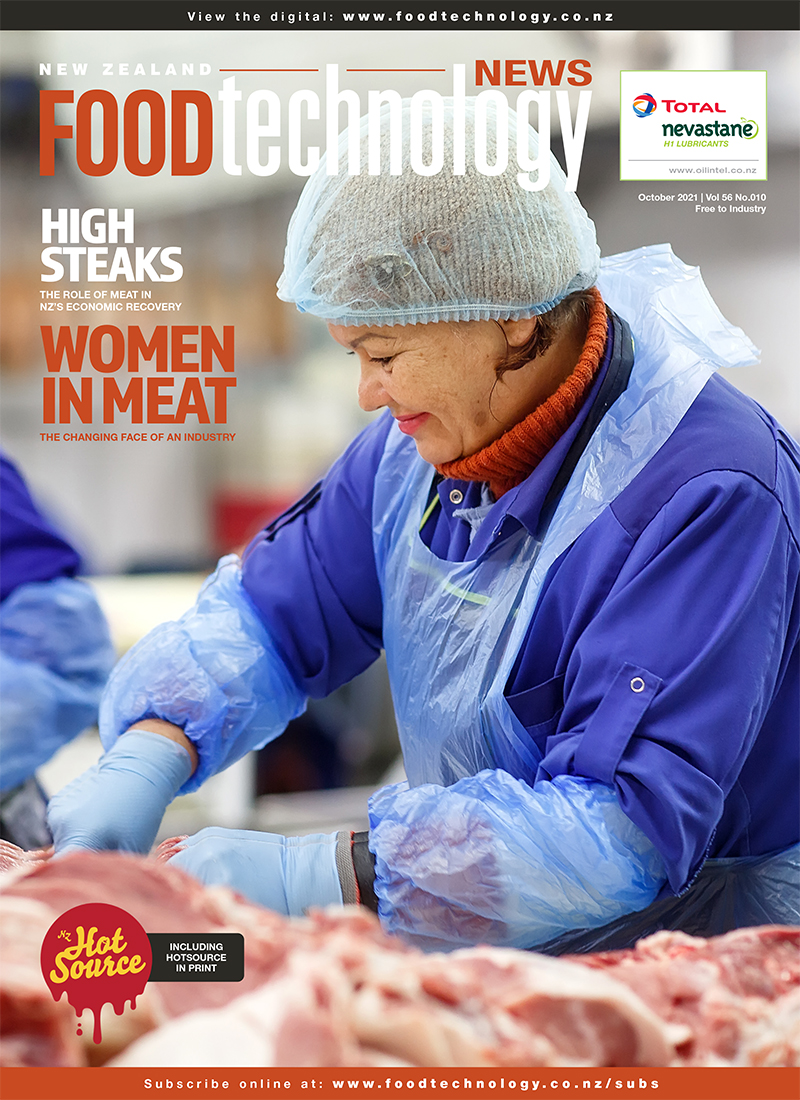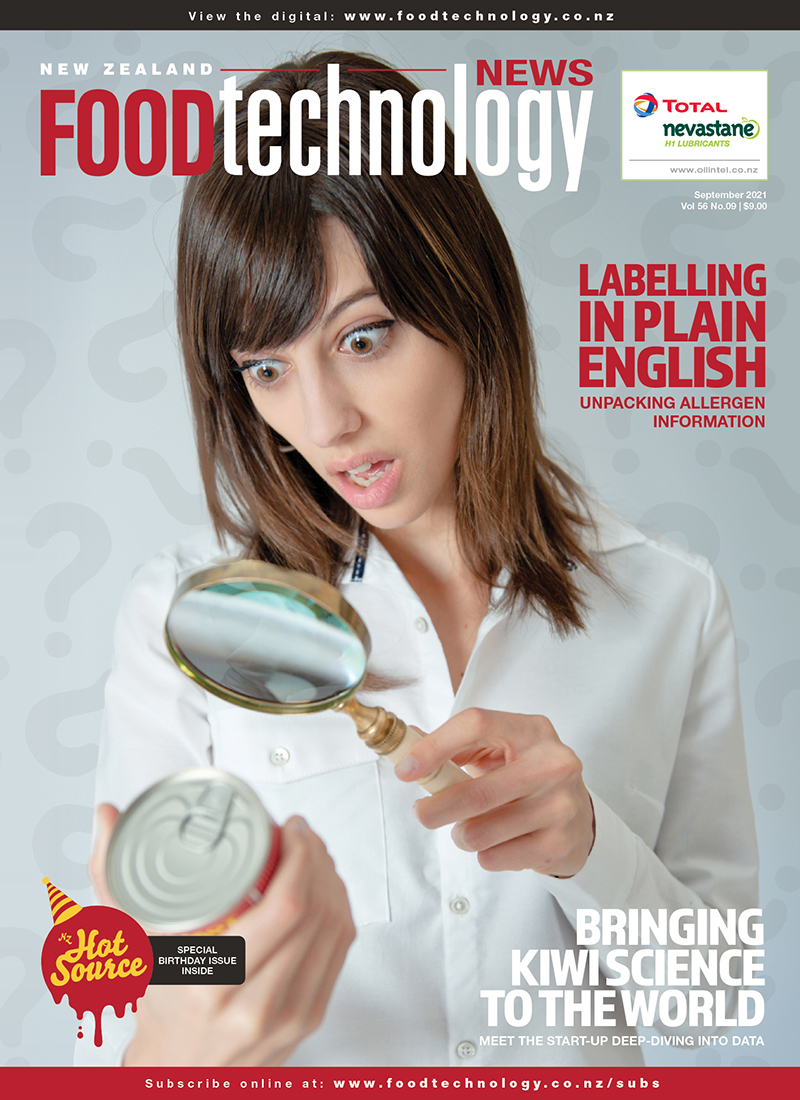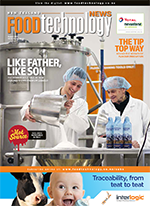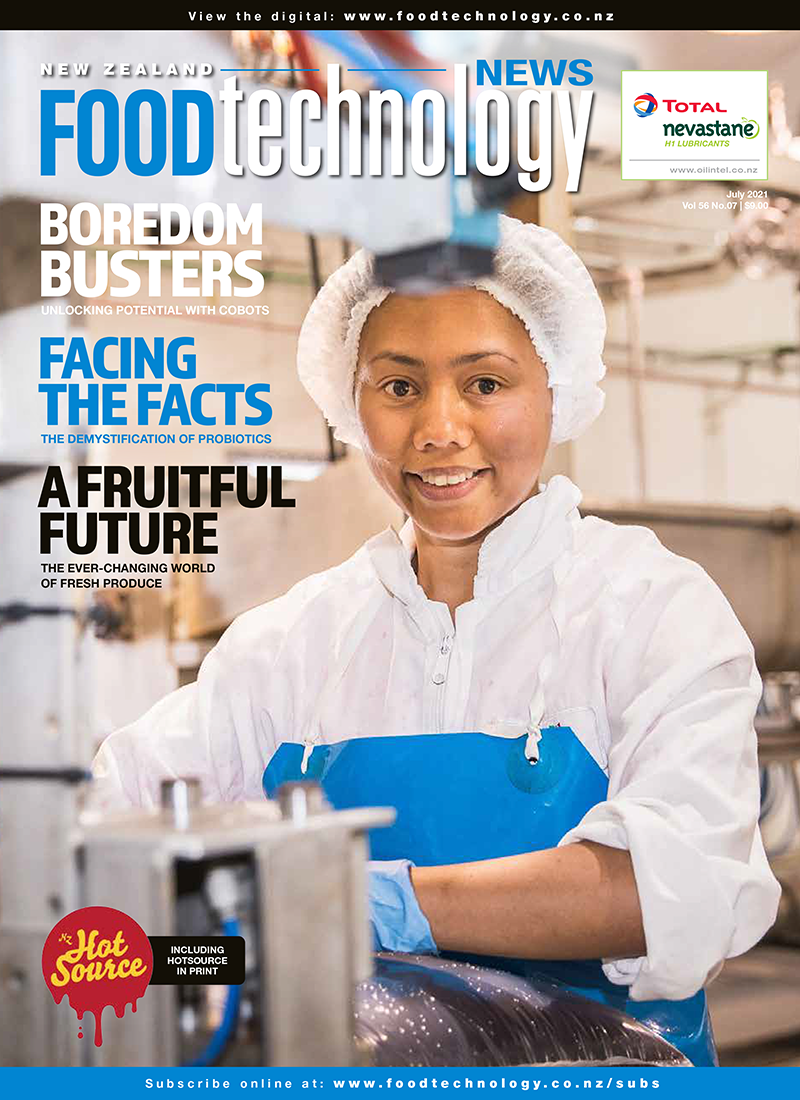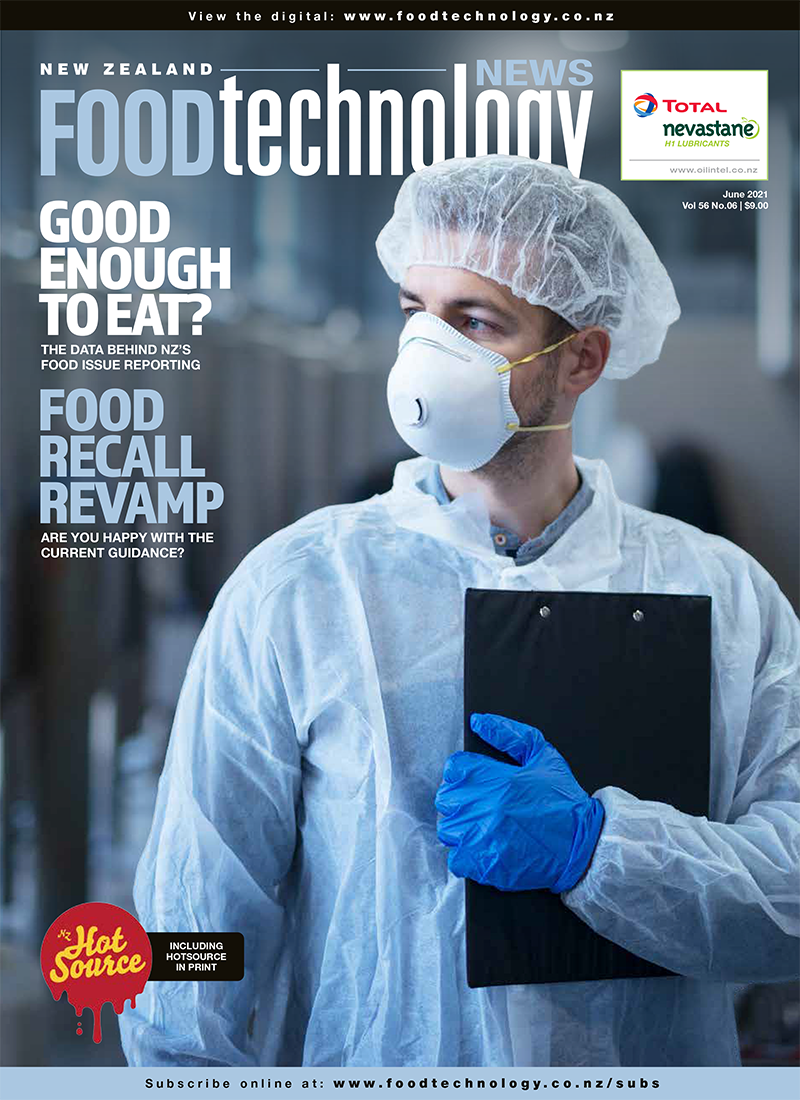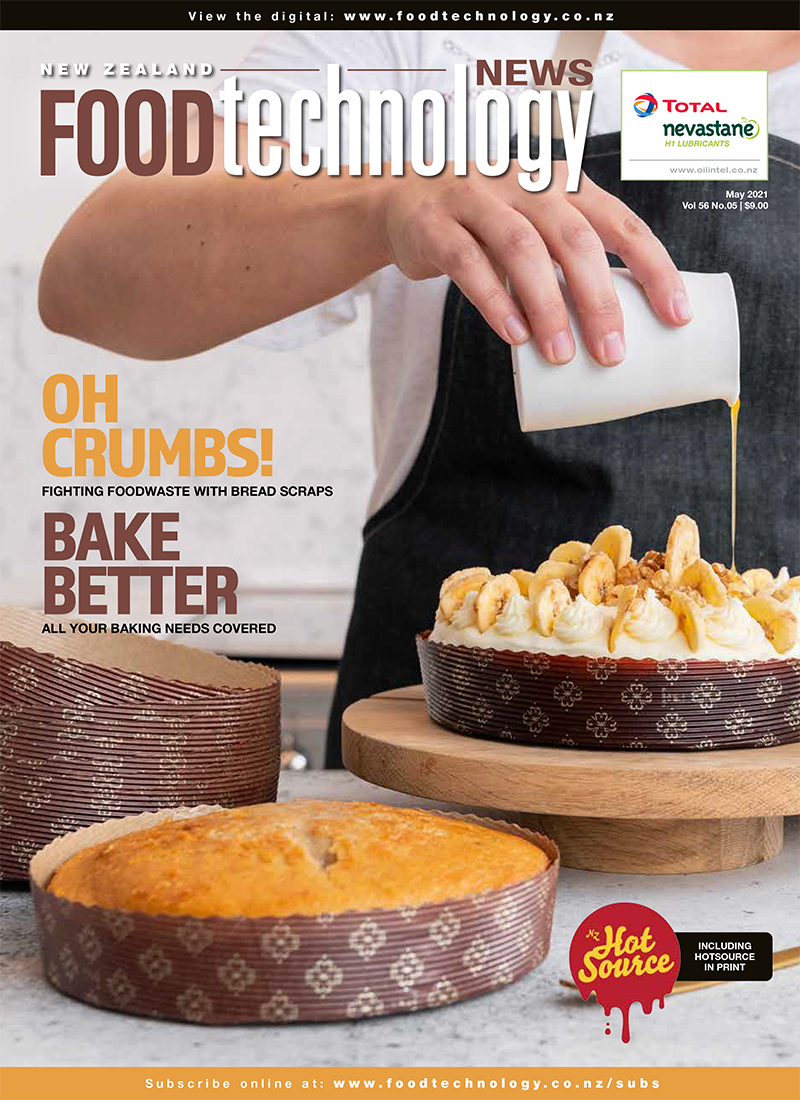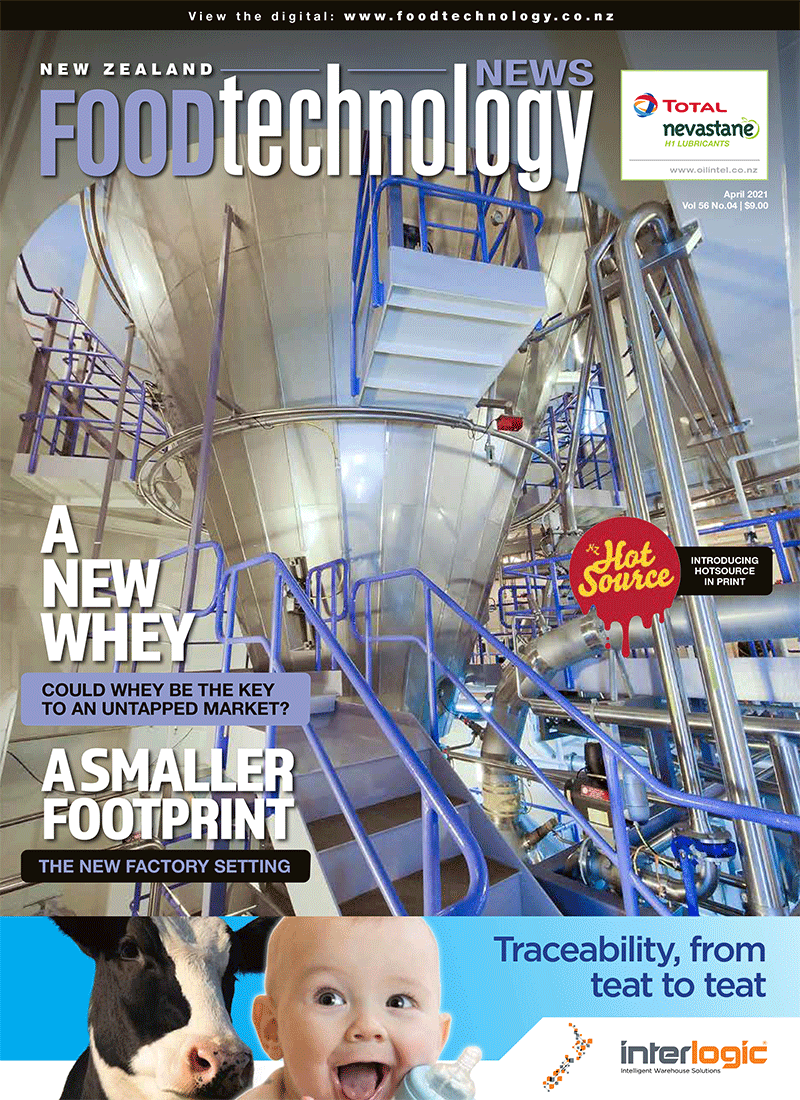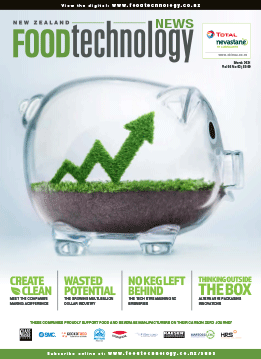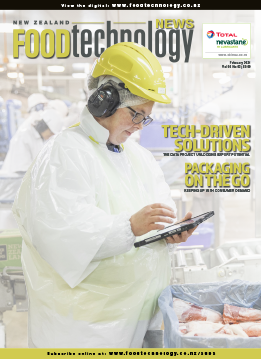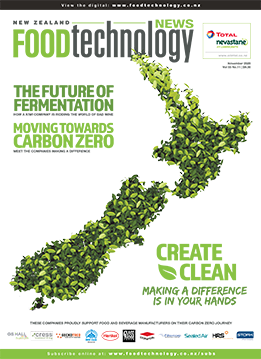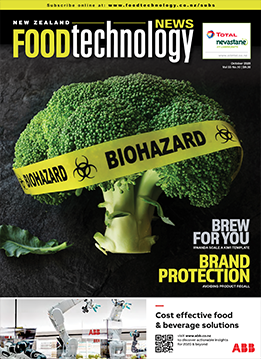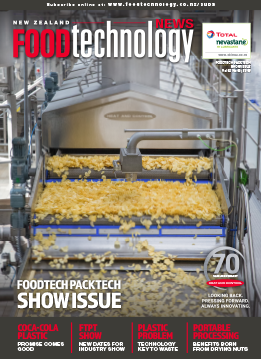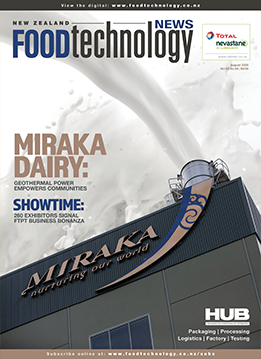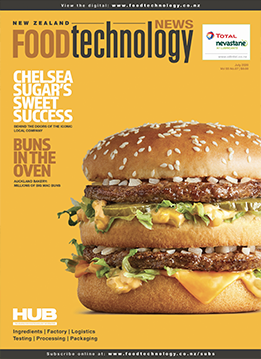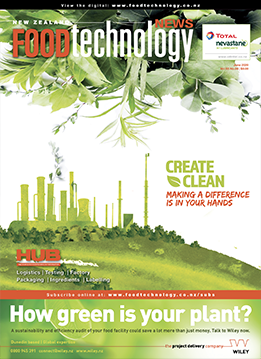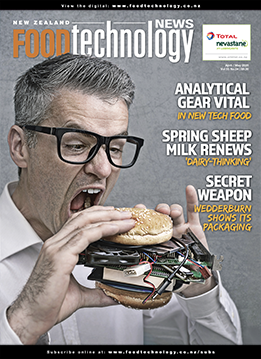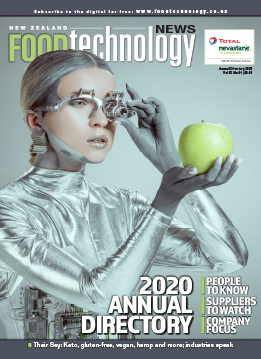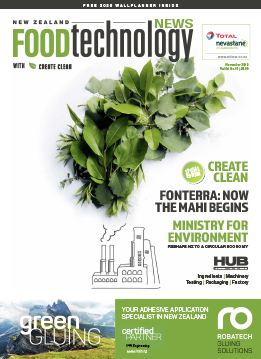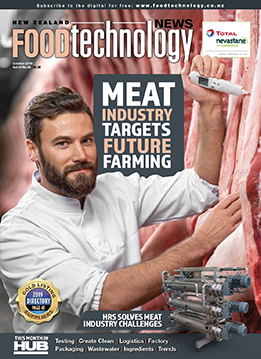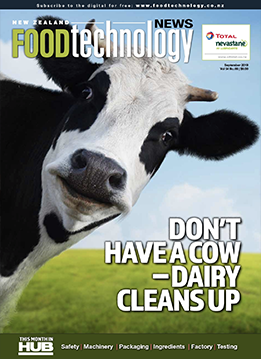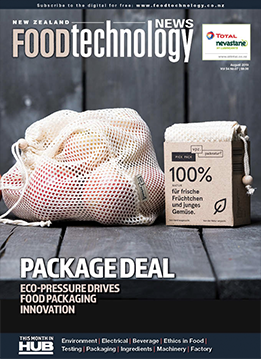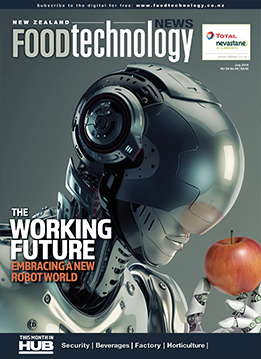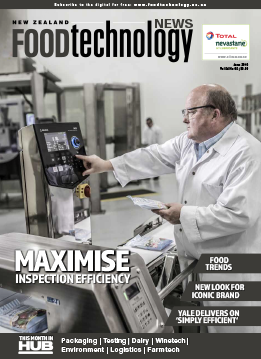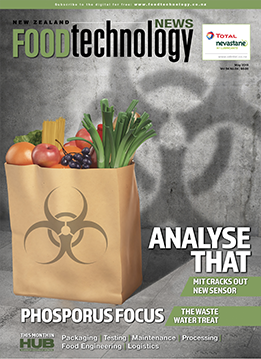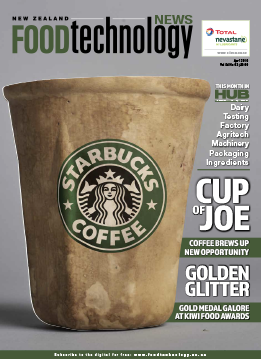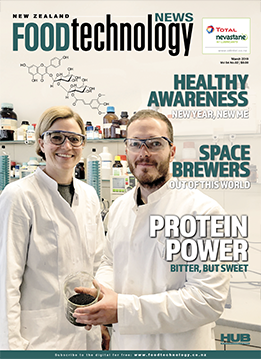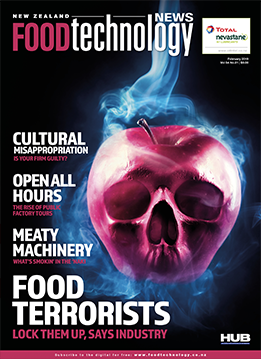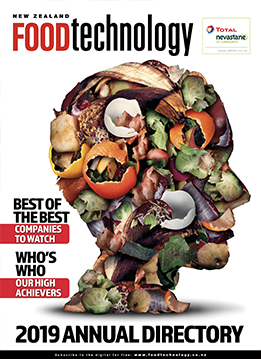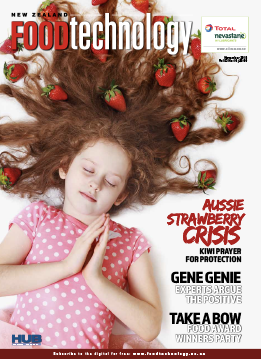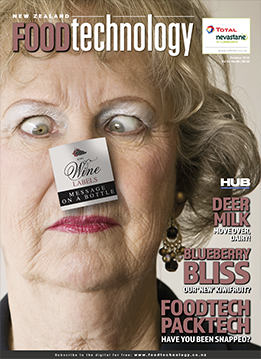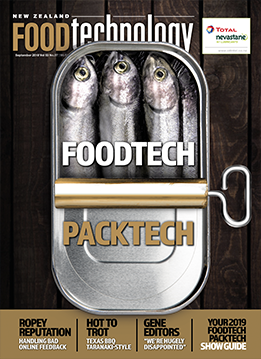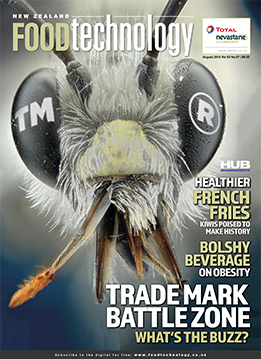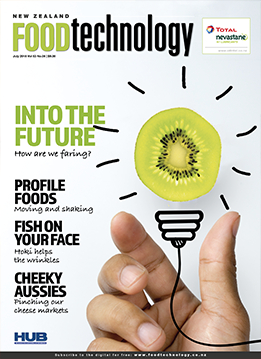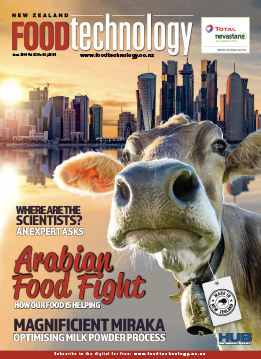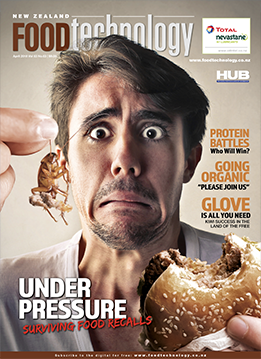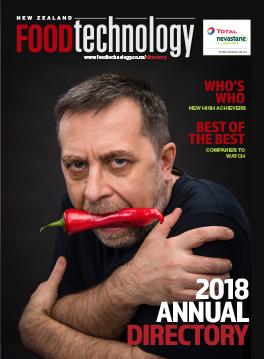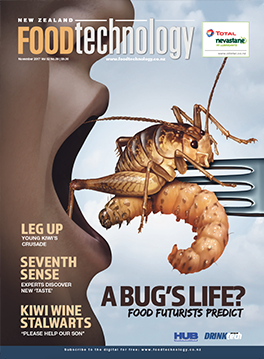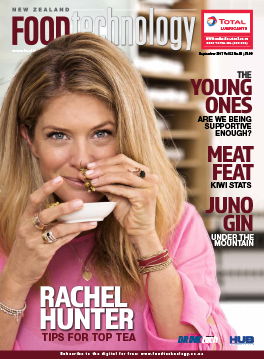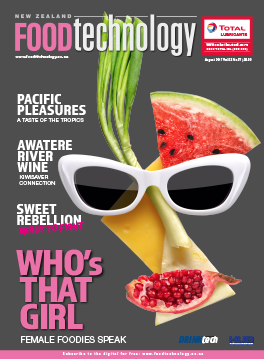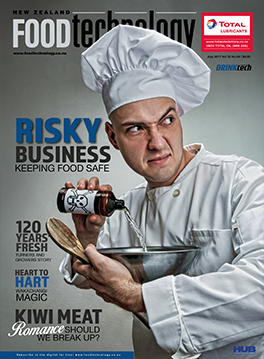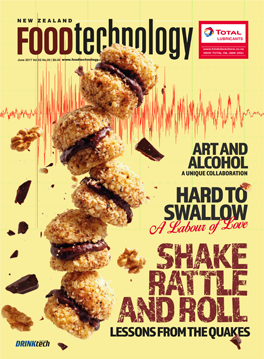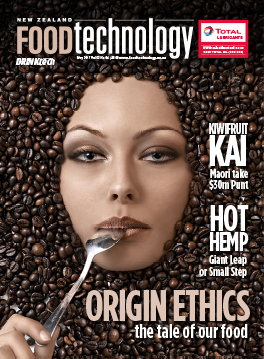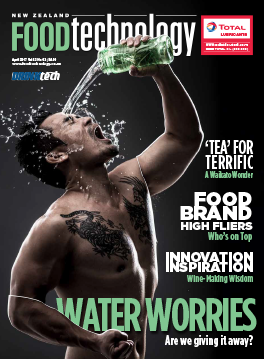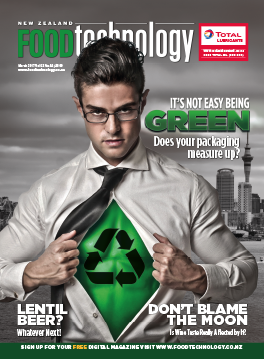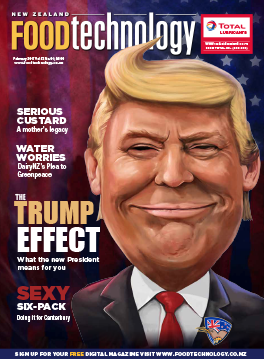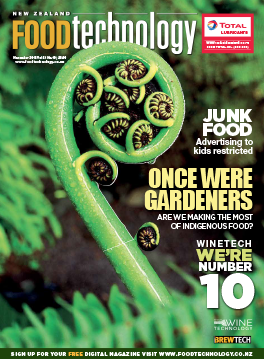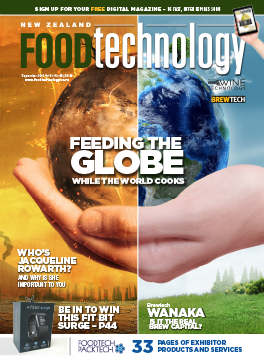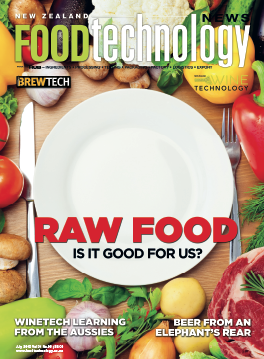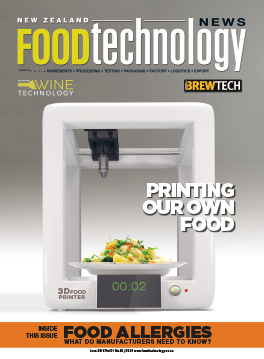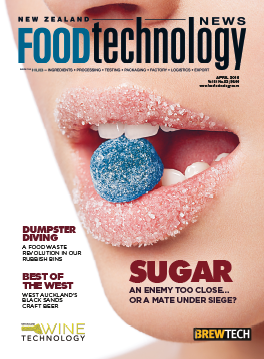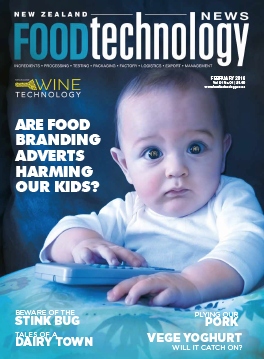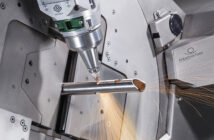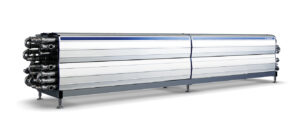 Hygienic practice is crucial in the world of food and beverage manufacturing, and as one of the most critical components in a processing line, it is particularly important that heat exchangers are designed and constructed according to sound hygienic design principles.
Hygienic practice is crucial in the world of food and beverage manufacturing, and as one of the most critical components in a processing line, it is particularly important that heat exchangers are designed and constructed according to sound hygienic design principles.
Used for the heating and cooling of liquid foods so they are safe for consumption, heat exchangers are the hottest part during heat treatment. Allan Waide, processing director for Tetra Pak Oceania, says this also means that in a processing line, they are the piece of equipment where fouling is most likely to occur.
“Therefore, innovation advances in hygienic engineering and design are key to consistently meet increasing food safety demands,” says Waide.
“All Tetra Pak Tubular Heat Exchangers (THEs) provide high hygienic standards for dairy manufacturers in New Zealand.”
As a recognition of this hygienic quality, Tetra Pak’s THE is the first of its kind to receive European Hygienic Engineering and Design Group (EHEDG) certification.
Jimmy Moons, Tetra Pak’s global commercial product manager, says hygienic standards are essential for the company.
“This work is an example of how we continually invest in research to ensure the most efficient and reliable heat treatment possible, which is especially key with heat exchangers which are important to maintain and clean. The Tetra Pak THE is the first to receive the certification from EHEDG for the tube modules, which is also in accordance with the new EHEDG standards.
“The EHEDG certification is simply another step in our pursuit for excellence in hygienic design,” says Waide.
EHEDG certification
David Lowry, chair of the New Zealand EHEDG Committee, says that the goal of EHEDG is to “provide best practice hygienic design information and principles, based on good science, expertise and practical application knowledge in the food industry.”
Producing guidelines, as opposed to standards, the global organisation provides recommendations and descriptions on best practice.
“To be able to be approved under the EHEDG certification, some criteria are critical. Really what certification is, is an acknowledgment that a component or the element can be satisfactorily cleaned to a hygienic standard using a reference cleaning system that translates to real-life applications,” says Lowry.
With over 55 guidelines covering areas such as food process equipment, the design of valves, bakery equipment and fresh fish processing, the certification stamp isn’t currently recognised as a standard.
“However, the certification stamp is recognised by regulatory bodies as being strongly indicative that the equipment does not need to be further assessed in terms of the hygienic capability.
“So, if you’re being audited by a third party auditor in the food industry, they would be unlikely to need to do further work regarding the hygienic suitability of the equipment item for the particular application it is being used for.
“If a New Zealand food equipment manufacturer was wanting to market their component or equipment globally, then it is a benefit to them to have the certification – particularly in Europe, but also in the US and elsewhere.”
Tetra Pak’s Tubular Heat Exchanger
There are currently around 250 units of Tetra Pak THEs being used in New Zealand, which are designed to process liquid dairy products, beverages and infant formula, as well as many other food applications.
“These THEs are primarily used for Aseptic (long life) dairy products, a hygienically demanding application,” says Waide.
“Following the initial tests, Tetra Pak made modifications to develop a new seal with a super-hygienic design and shape, which uses material approved according to US FDA (Food and Drug Administration) and EU harmonised rules.
“New Zealand’s dairy manufacturers will be able to leverage these new developments in their operations, as our Tetra Pak THEs are well designed for enabling upgrades on existing installations.”







